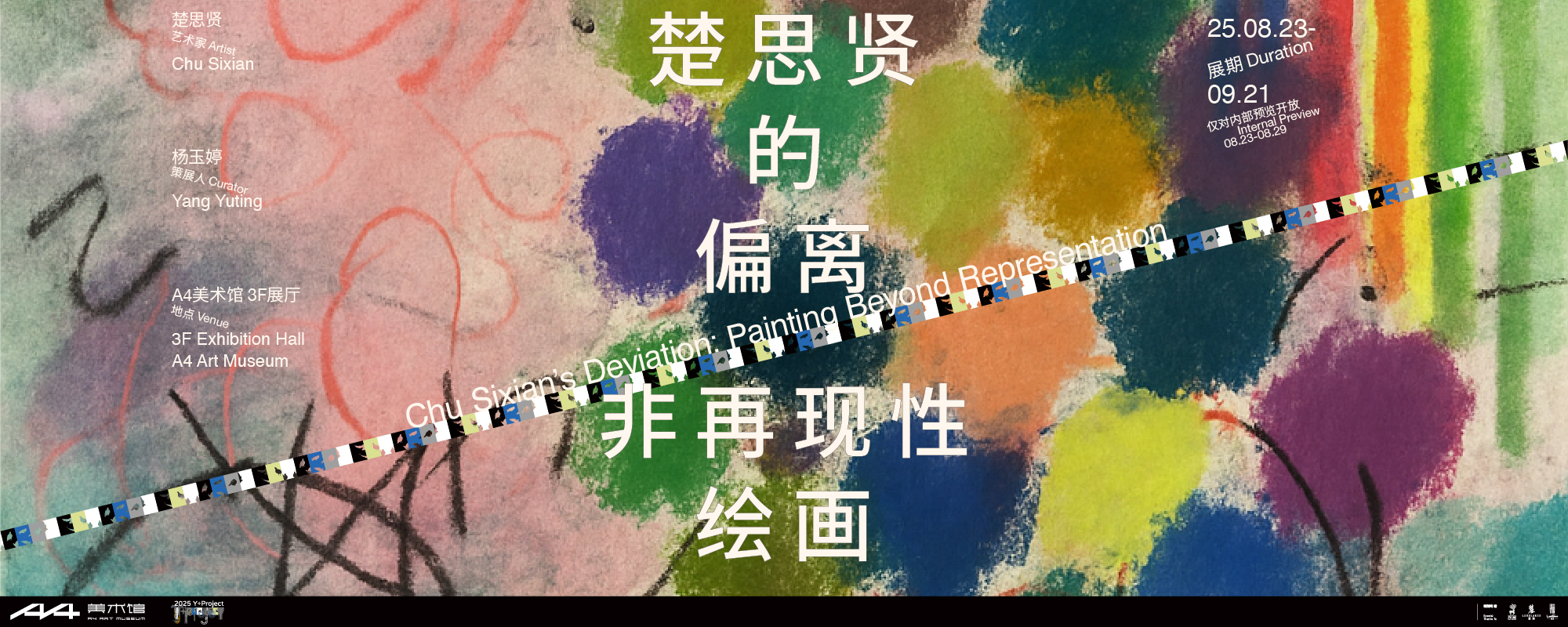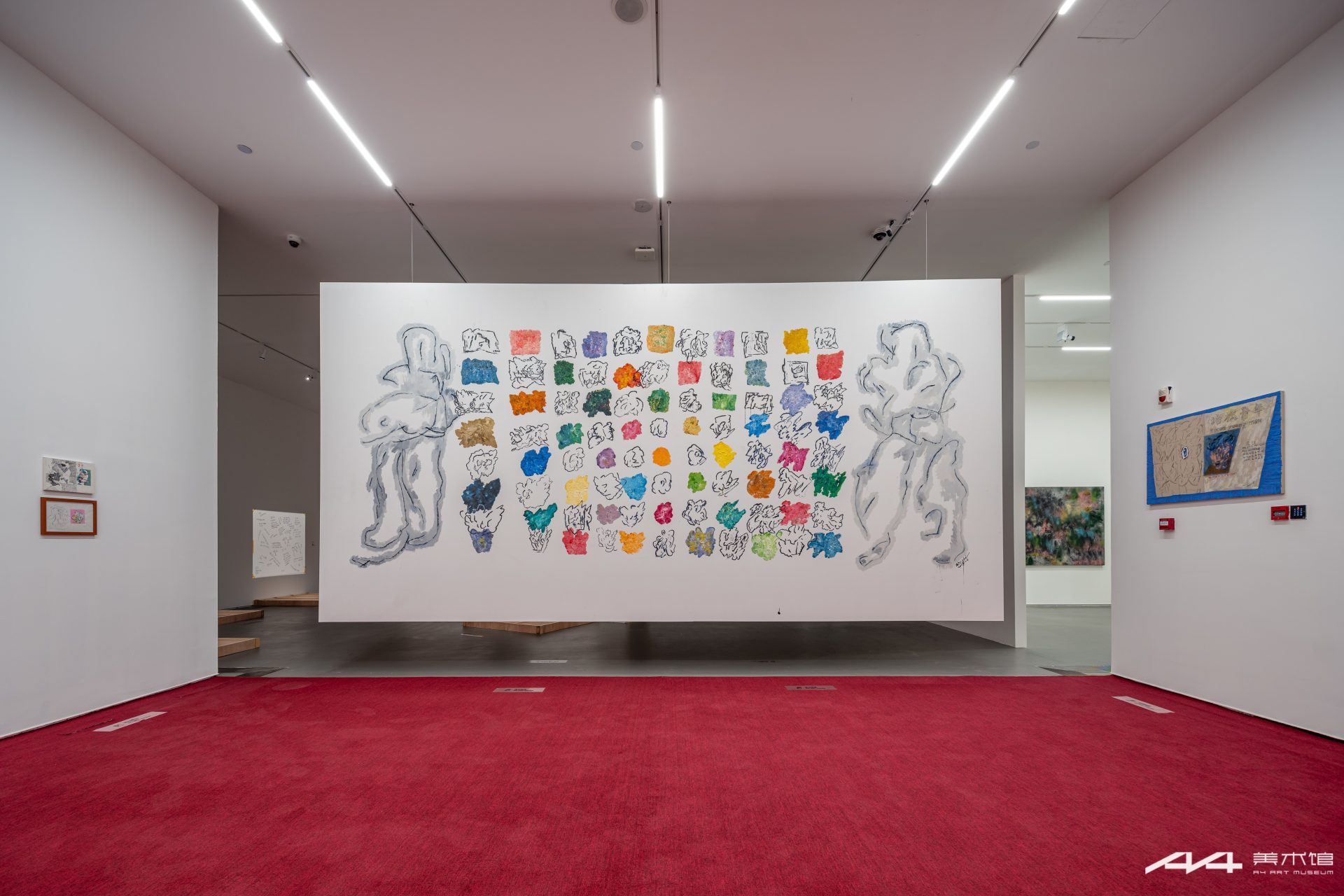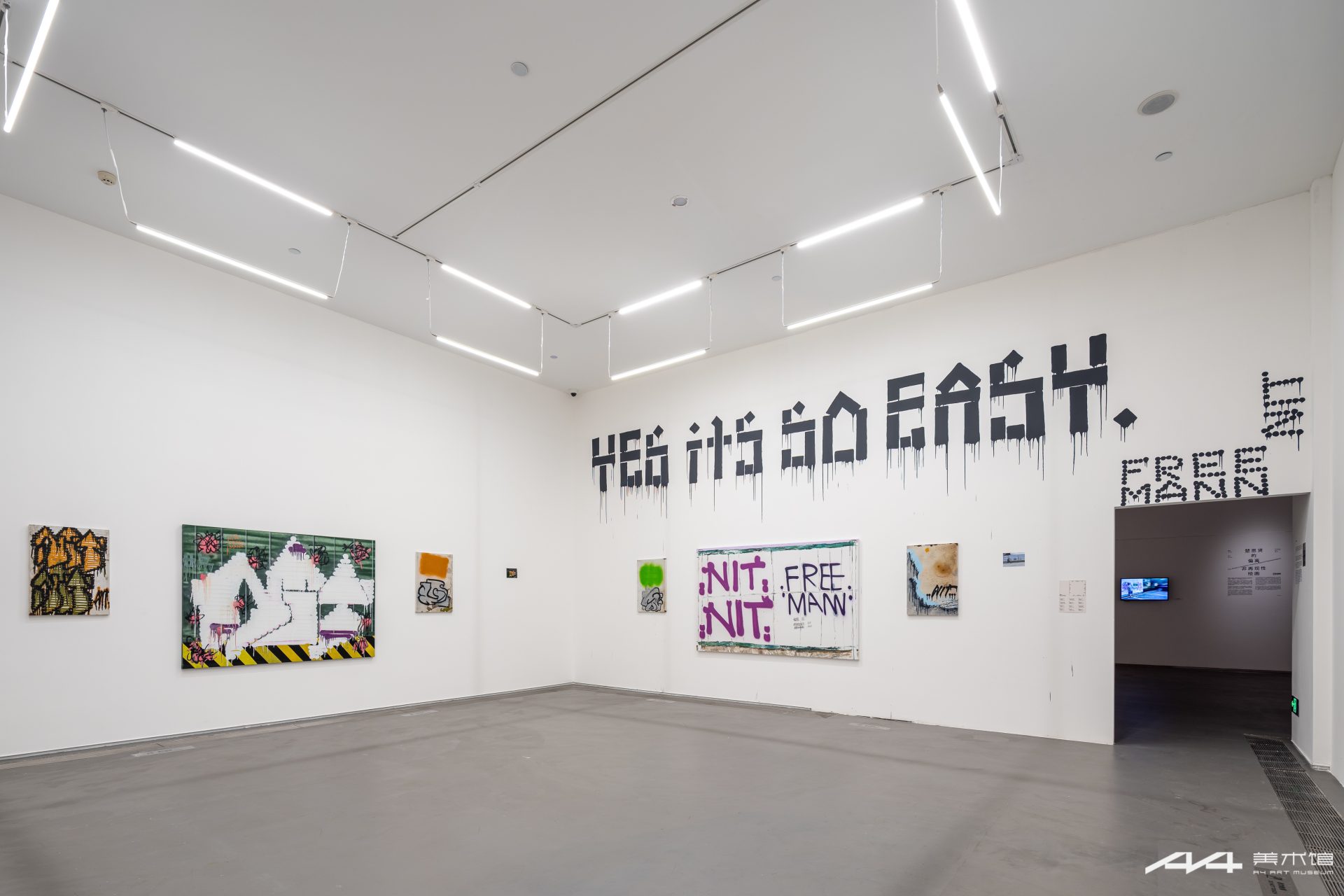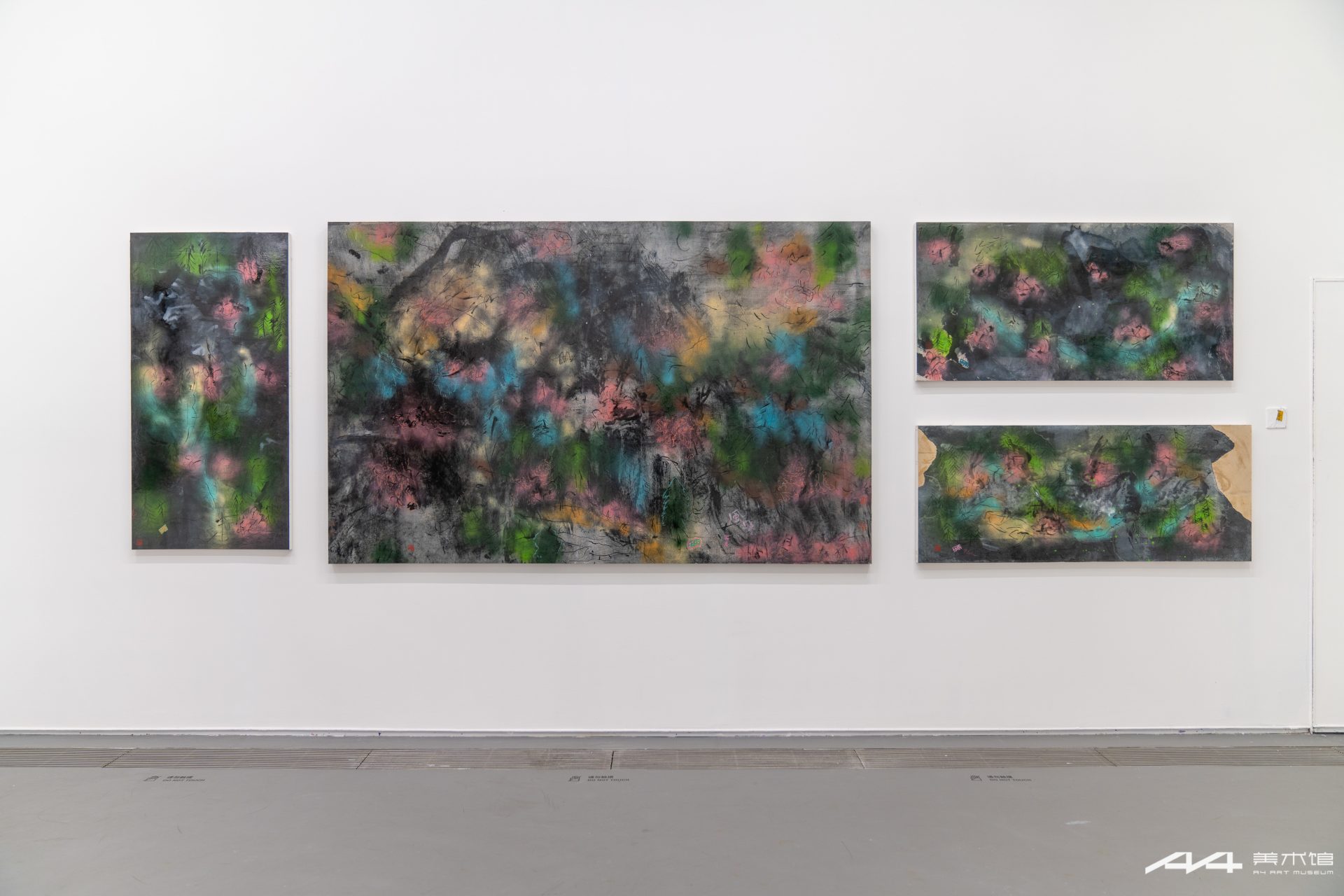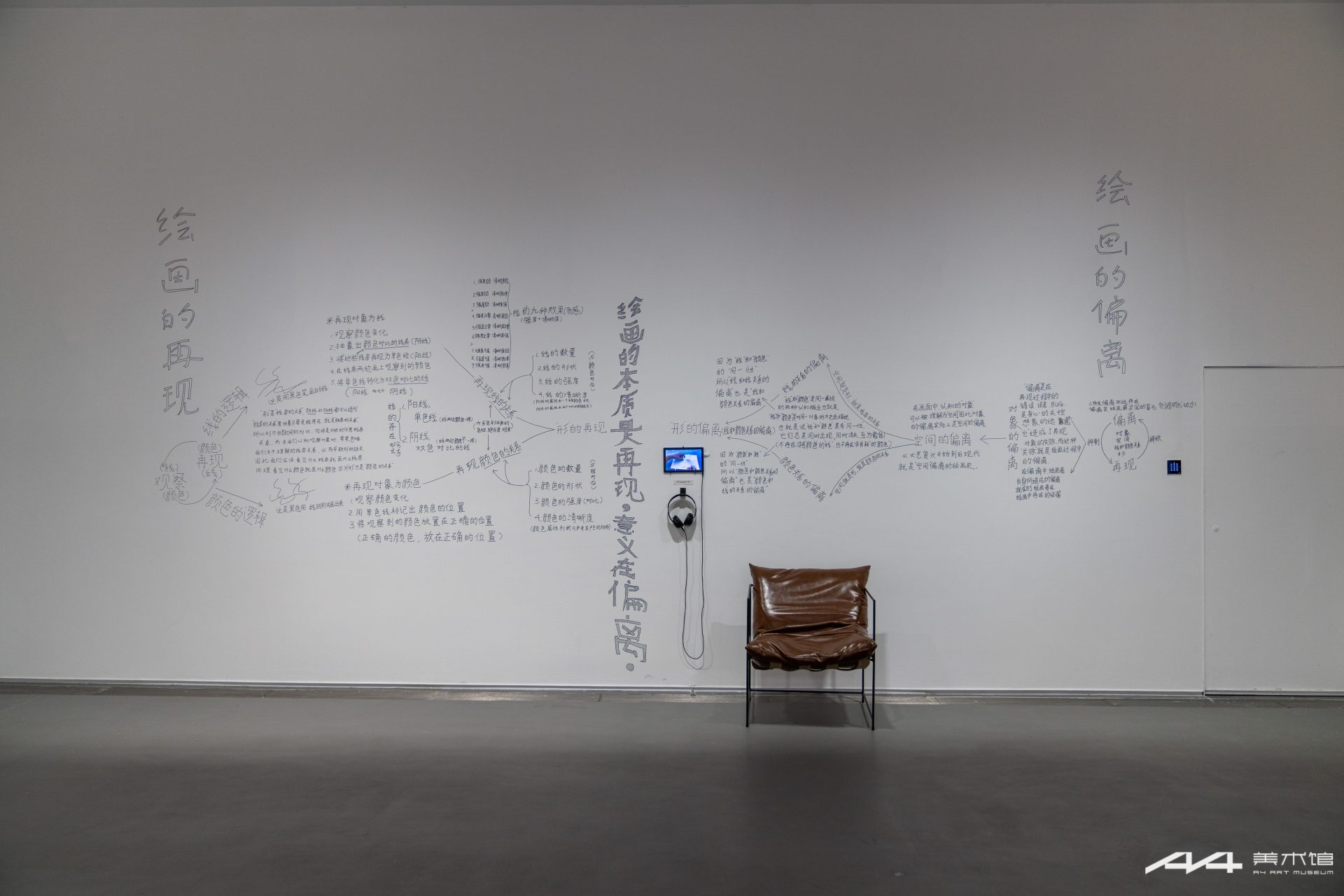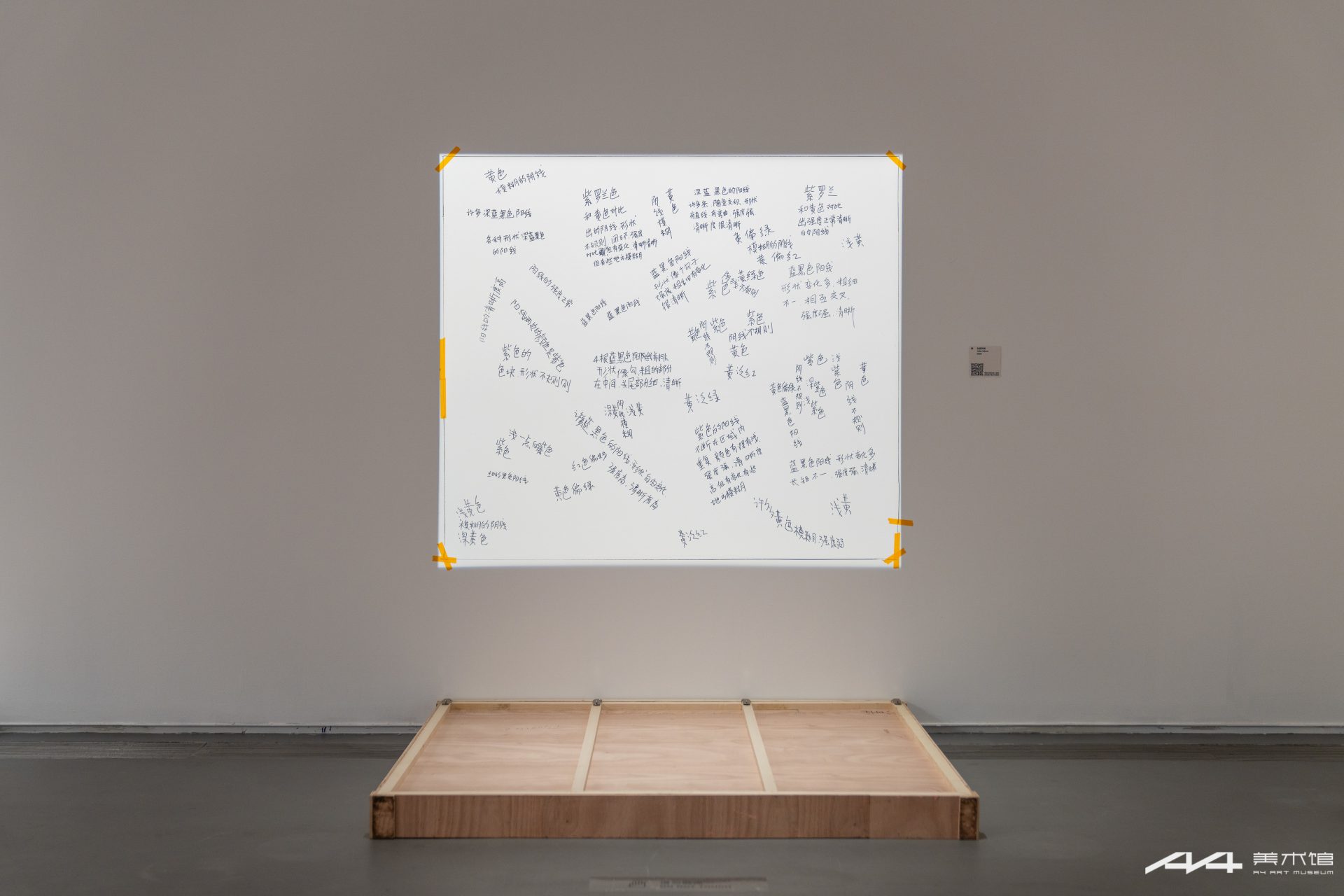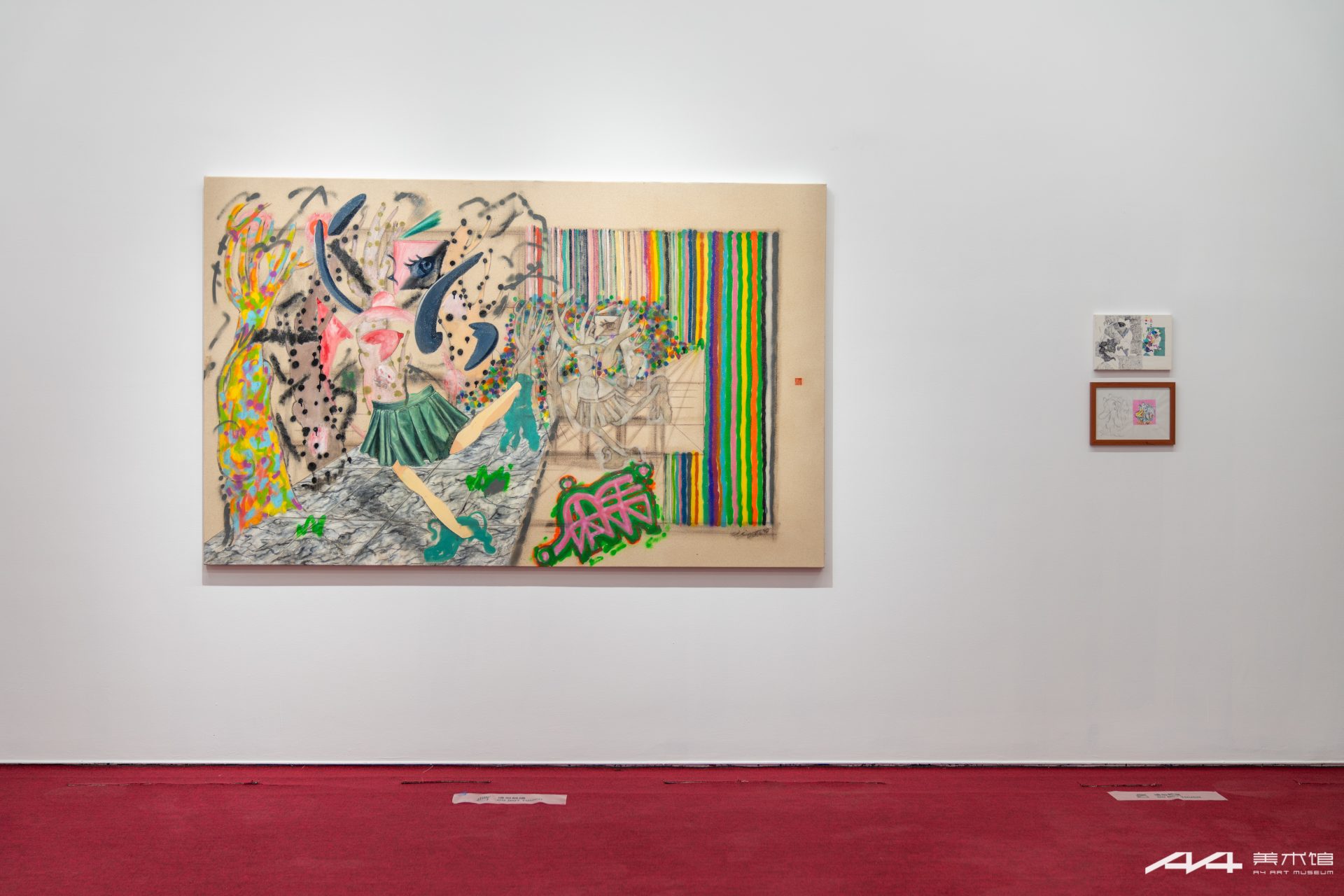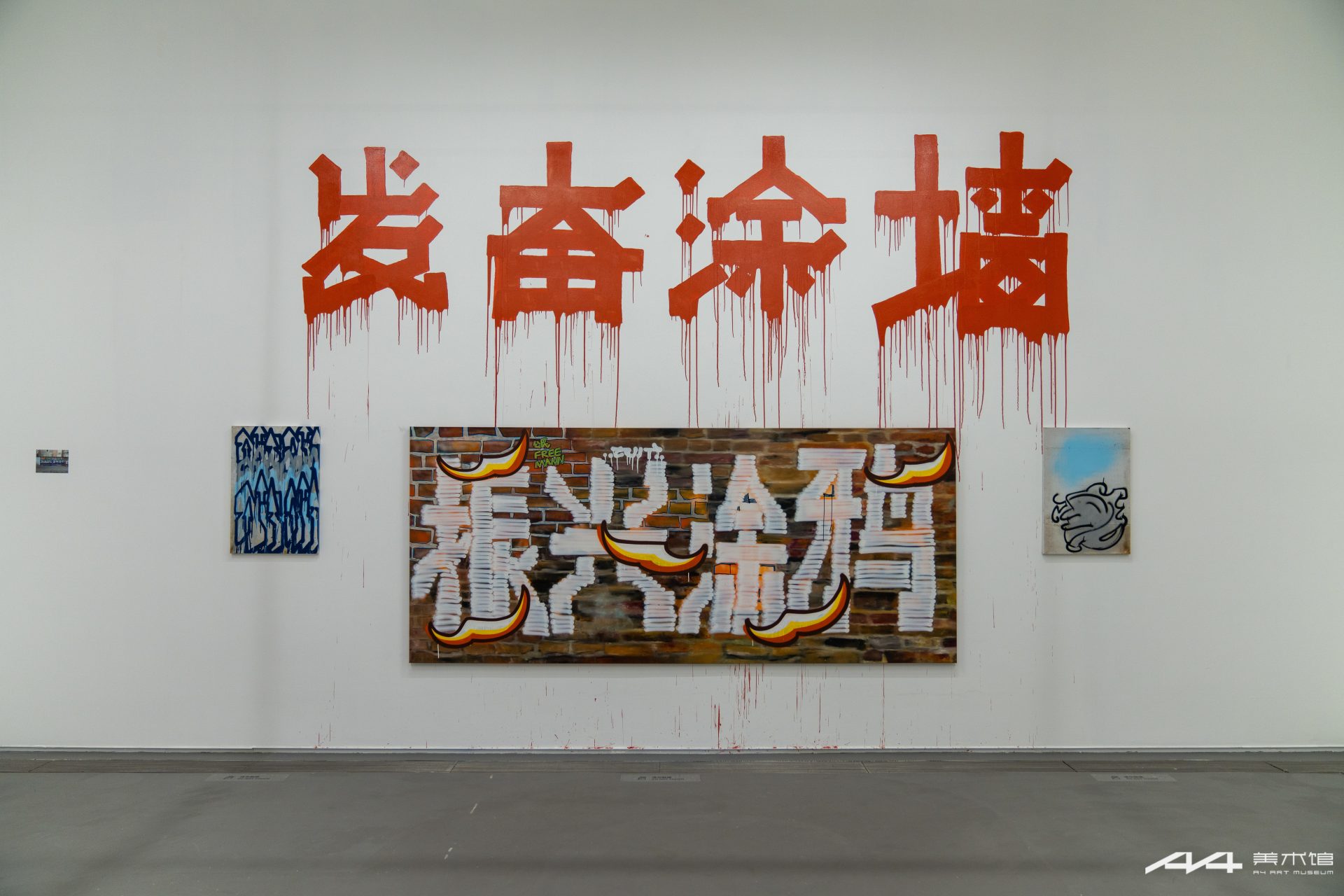Chu Sixian is an artist who practices painting. After completing six years of study of painting in Italy, he returned to China and has been creating in Sichuan for the past six years. Two central questions have permeated Chu Sixian’s twelve years of study and creation: “What is painting?” and “What is the meaning of Chinese contemporary painting?”
Upon reflecting on these questions, Chu Sixian constructed his own theoretical framework for painting—the representation and deviation of painting—as his response. By “representation,” he refers to the artist’s use of “color and line” to simulate an object when constructing an image. Notably, this differs from the common approach of constructing images through “points, lines, and planes.” “Deviation” denotes the differences between the constructed image and the depicted object, which arise from variations from the artist’s individual observation methods, physical execution, or cognitive structure during the image-presentation process. For instance, no two individuals who paint the same apple will ever create identical results.
Upon realizing that “mastering technique alone enables the reproduction of any image,” Chu Sixian redirected his focus toward the uncontrollable elements — those inevitable, irrepressible, and individualistic ‘deviations’ inherent in the creation process. It is precisely these deviations that elevate painting beyond a mere tool for image reproduction, transforming it into the very means through which the “human” presence manifests within the artwork.
All works in this exhibition revolve around these two core concepts: “reproduction” and “deviation.” Upon entering the gallery, viewers first encounter shipping containers of various sizes alongside text written within blank picture frames, potentially sparking confusion—isn’t this an artist’s exhibition? Chu Sixian has sealed the painting within the shipping container that transported it, employing textual descriptions of “color and line” to “reproduce” this invisible work. This compels viewers to adopt the artist’s perspective and actively imagine the unseen painting through the artist’s creative process. The artist hopes that as viewers attempt to shift into the creator’s role, they will reflect on whether the current dominant aesthetic in painting suppresses the artist’s subjectivity, reducing them to mere tools for painting.
Entering the smaller inner space of the exhibition hall, viewers encounter more paintings. Passing through the back of a massive canvas into the space, one observes two pictorial forms developed by Chu Sixian under his “Representation and Deviation” theory: the tripartite composition and the separation of line and color. The exhibition also features two distinct collaborative spaces: one with graffiti artist NIT and another with contemporary ink artist Wang Shuzhong. In these series, Chu Sihsien integrates his “Representation and Deviation” methodology with two potent visual traditions—Western graffiti and Eastern ink painting—to explore possibilities between painting and graffiti, writing and drawing. This endeavor responds to the cultural predicament of contemporary Chinese painters and seeks to establish an individual cultural subjectivity—how Chinese artists can forge their own expressive language amid the tension between globalization and locality; how painting can continue to evolve in an era of technological advancement and image saturation.
Beyond his identity as an artist, Chu Sixian is more widely recognized as the social-media blogger freemann. Since 2020, he has consistently released serious discussion videos online themed “understanding painting,” hoping to make visible his constructed understanding of painting—an attempt to present a non-representational path toward painting’s essence, originating from the individual. In both his media page and personal resume, Chu Sixian consistently introduces himself with the opening line: “A practitioner aiming to construct the courage for painting in present-day China.”
Yuting Yang
